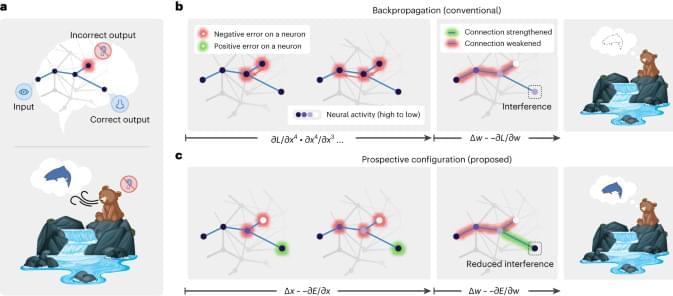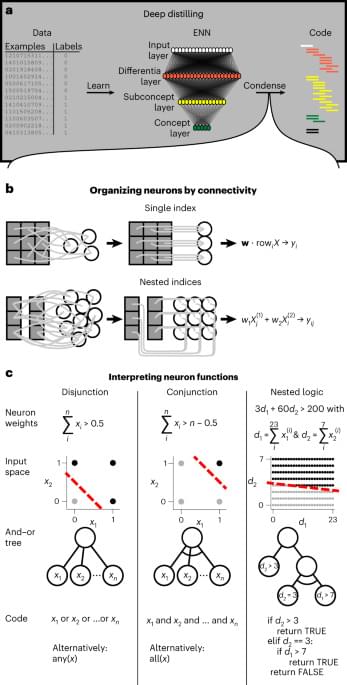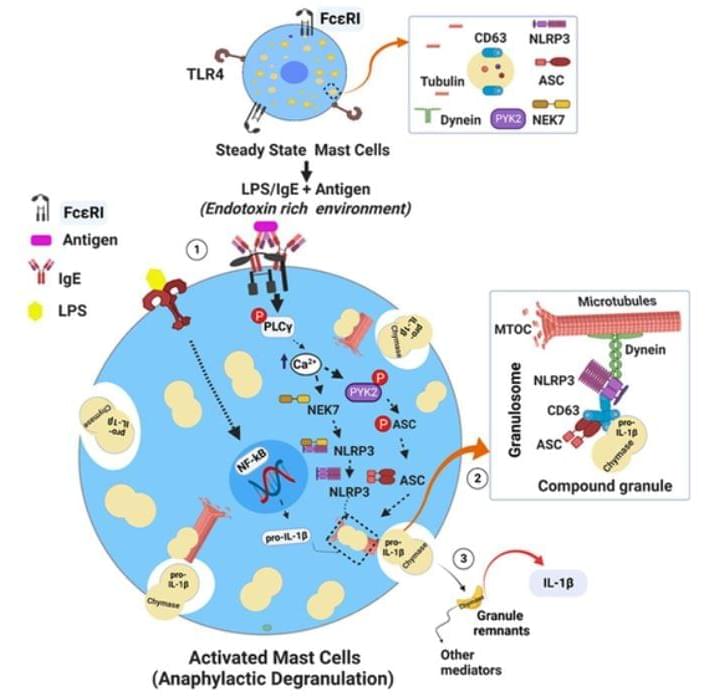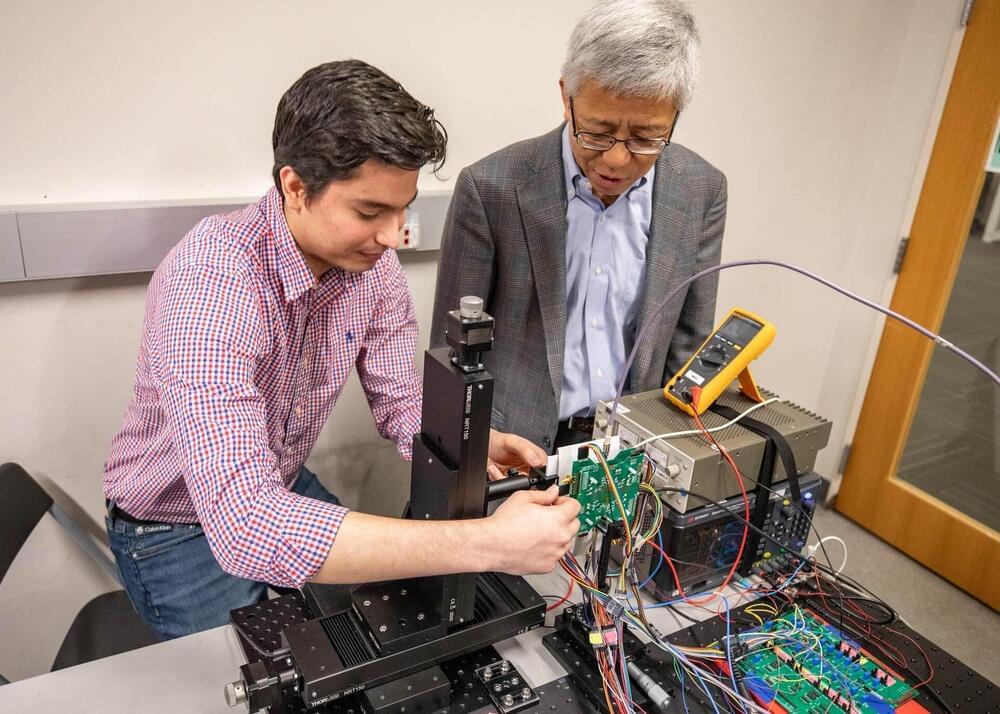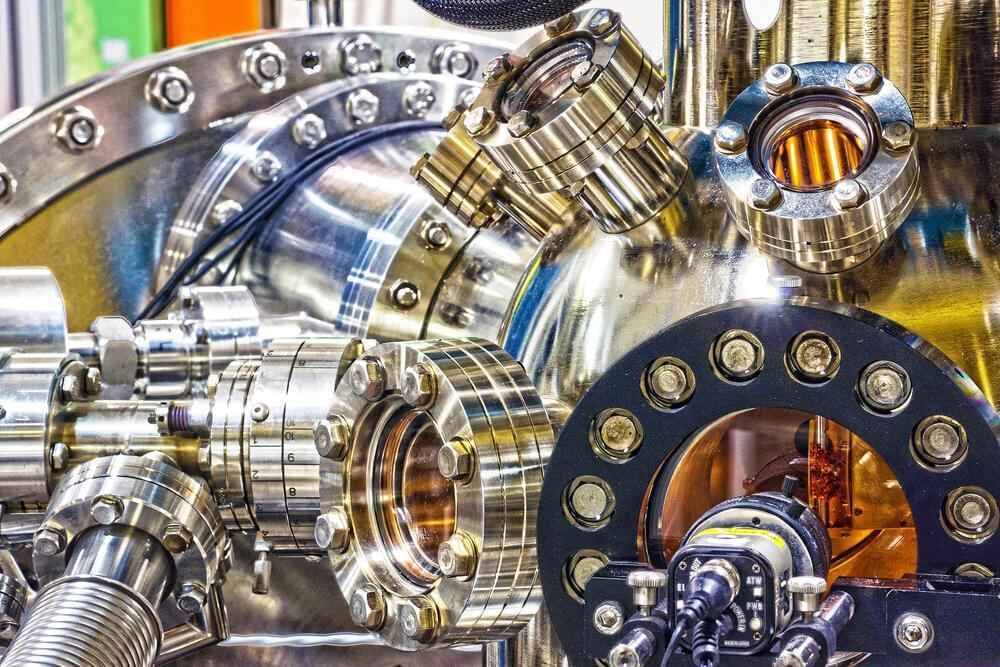Jun 30, 2024
What happened in Big Bang — new theory, new state of matter
Posted by Shubham Ghosh Roy in categories: computing, cosmology, physics
Physicists have proposed a new theory: in the first quintillionth of a second, the universe may have sprouted microscopic black holes with enormous amounts of nuclear charge.
For every kilogram of matter that we can see — from the computer on your desk to distant stars and galaxies — there are 5kgs of invisible matter that suffuse our surroundings. This “dark matter” is a mysterious entity that evades all forms of direct observation yet makes its presence felt through its invisible pull on visible objects.
Continue reading “What happened in Big Bang — new theory, new state of matter” »


